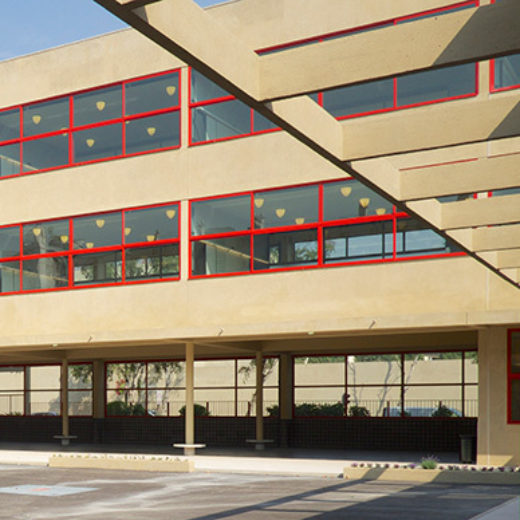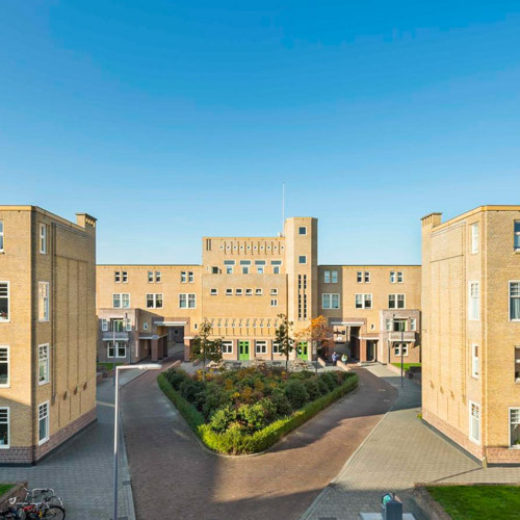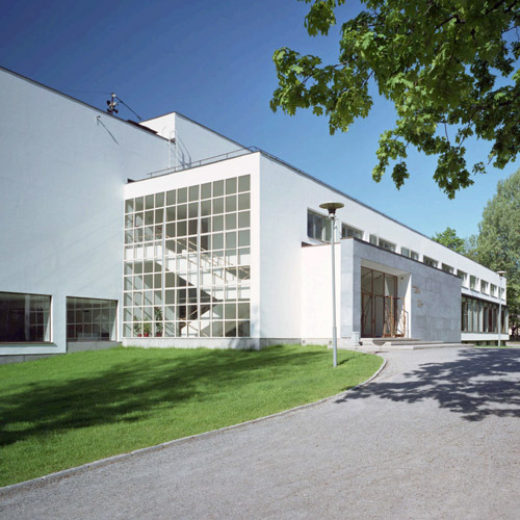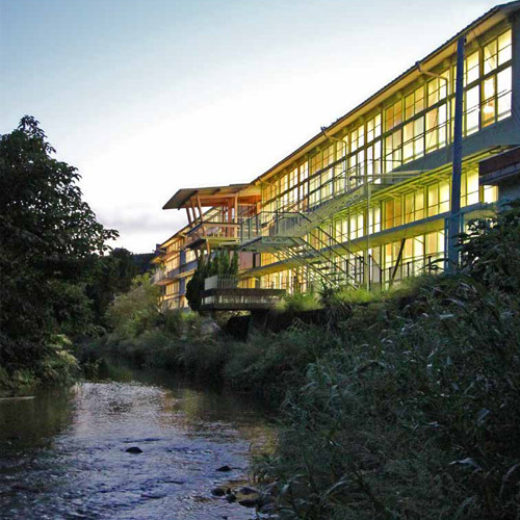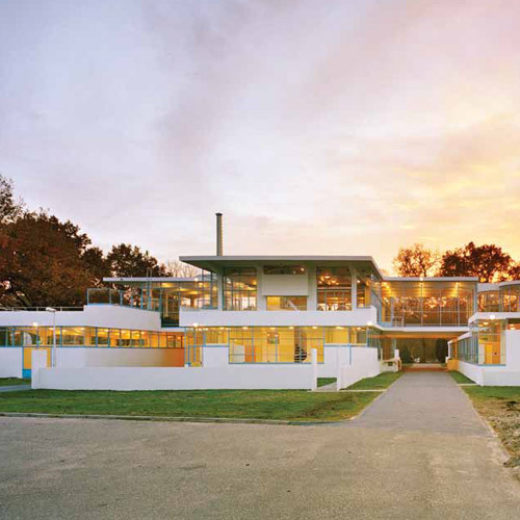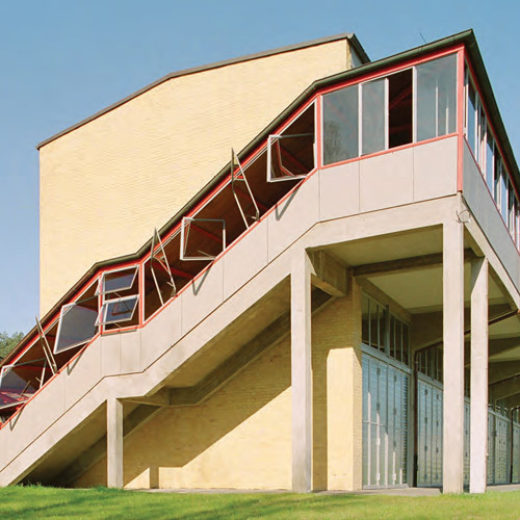Preston Bus Station
World Monuments Fund
Preston Bus Station
The 2021 World Monuments Fund/Knoll Modernism Prize is awarded to John Puttick Associates for the thoughtful and detailed conservation of the Preston Bus Station. Located in Preston, United Kingdom, the station was designed in 1968 by Keith Ingham and Charles Wilson of the Building Design Partnership (BPD) and the engineering firm Ove Arup.
The station was designed to become the hub and municipal transit center for Central Lancashire New Town, demonstrating the scale and interconnectivity of local planning innovation. When it opened to the public in October 1969, it was Europe's largest bus station.
The Bus Station is representative of Brutalist architecture and transport planning of the post-war era because of its exposed reinforced concrete structure housing an integrated car parking, bus, and taxi facility. Preston Bus Station translated functional civic infrastructure into a transportation monument featured within the urban landscape that serves as a gathering place for citizens from all walks of life.
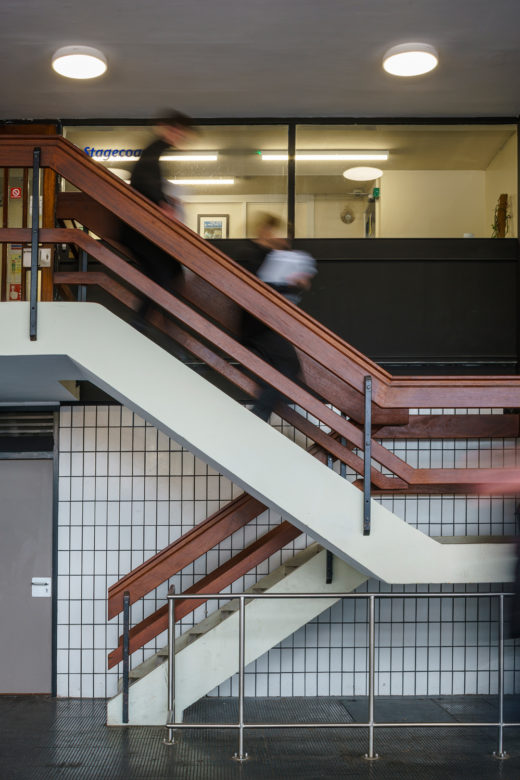
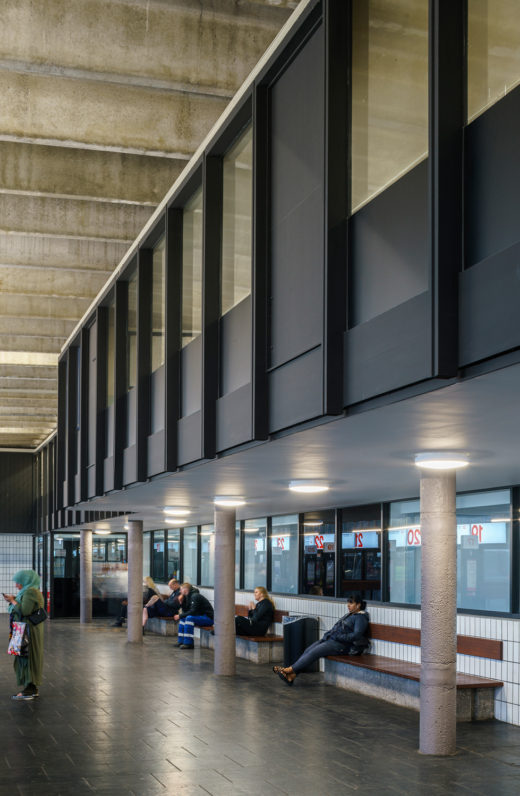
The building's design exhibits a clarity of expression both inside and outside: the generous scale of the interior spaces is accompanied by a reflection of the building functions on the exterior façades; structural elements are exposed; and distinctive functional elements are integrated into the building, such as the curve of the car park balconies that prevent cars from hitting the wall.
In 2012, Preston Bus Station was included in the World Monuments Watch as a response to the threat of demolition and to raise awareness about the significance of Brutalist architecture in the UK. In 2015, after years of neglect, a design competition was held leading to the appointment of John Puttick Associates to restore the station. Updating key infrastructure, while honoring the form, materials, and design intent of the original building was key to the restoration. The careful approach resulted not only in the meticulous restoration of the site, but also in renewing the expression of civic pride that the Preston Bus Station represented in its early days.
The rigorous intervention included the improvement of connectivity between the station and the rest of the city by prioritizing pedestrian accessibility and rearranging the waiting areas to face the new square. This was combined with a thorough restoration of the original materials, such as the rubber flooring and the color palette in the interior spaces, including the "spine" of services that run through the center of the building.
















